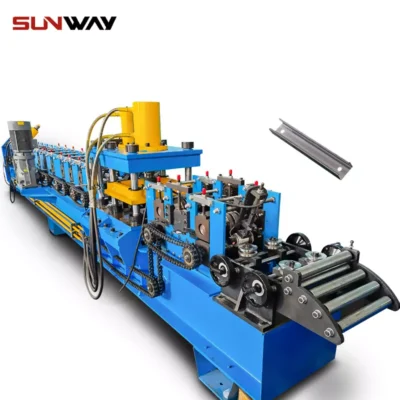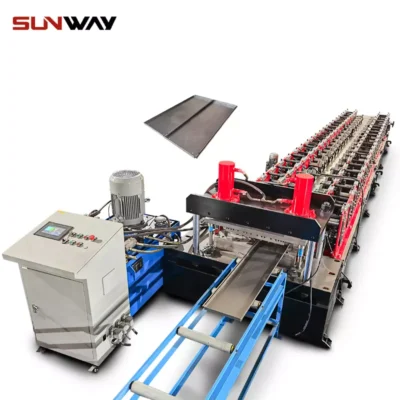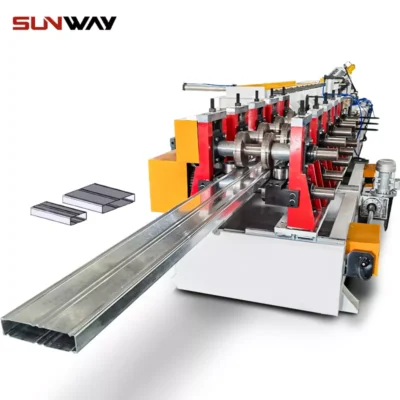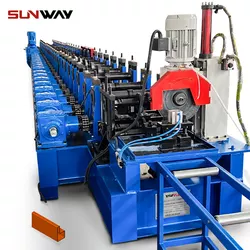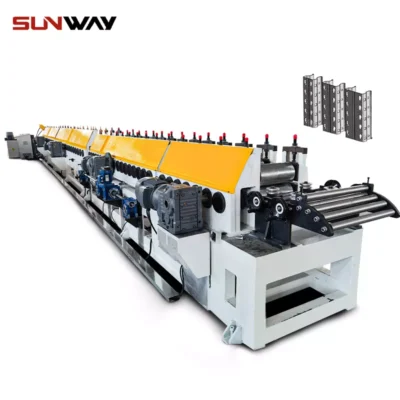Roll forming machines are a powerful tool for custom metal production, offering numerous advantages in terms of efficiency, precision, and versatility. However, they can also pose significant hazards if proper safety measures are not taken. In this post, we will discuss the importance of safety considerations when operating a roll forming machine. We will explore the common hazards associated with roll forming machines, the safety equipment required, the importance of proper training, maintenance and inspection. By prioritizing safety, businesses can ensure that their employees remain safe and healthy while using roll forming machines, preventing accidents and injuries in the workplace. So, let’s dive in and learn how to operate roll forming machines safely.
Common hazards with operating a roll forming machine
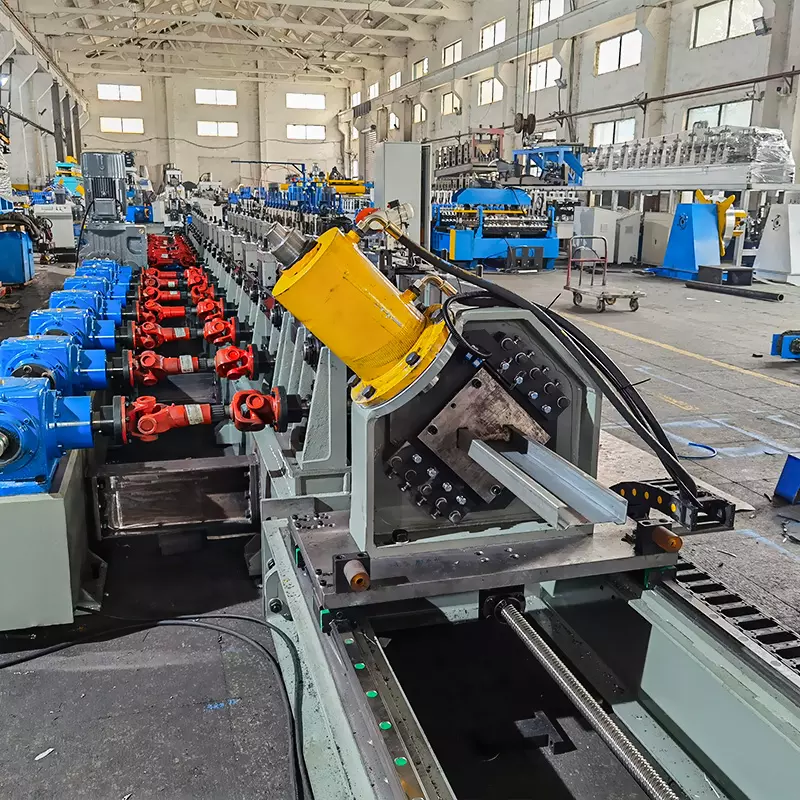
Operating a roll forming machine can pose several hazards that can result in serious accidents and injuries. Here are some of the most common hazards associated with operating a roll forming machine:
- Pinch points: the machines have several pinch points, where the metal passes through the rollers, that can trap fingers, hands, or clothing. This can result in serious crushing injuries or amputations.
- Moving parts: the machines have several moving parts, such as the rollers, drive systems, and cutters, which can cause injuries if they come into contact with employees. For example, employees can be struck by moving parts or caught in between them, resulting in serious injuries.
- Electrical hazards: the machines are powered by electricity, which can pose several electrical hazards if proper safety measures are not taken. Employees can be electrocuted if they come into contact with live wires or faulty electrical equipment.
- Improper use of tools: Improper use of tools, such as screwdrivers or pliers, when making adjustments or repairs to the machine can cause injuries. For example, a screwdriver can slip and cause cuts or puncture wounds.
Examples of accidents that can occur when proper safety measures are not taken include finger amputations, broken bones, burns, and electrical shocks. These accidents can result in permanent disability or even death.
To prevent these hazards, it is important to follow proper safety procedures when operating a roll forming machine. This includes using appropriate personal protective equipment, such as safety glasses, gloves, and steel-toed boots, and ensuring that the machine is properly maintained and inspected.
Safety equipment when operating a roll forming machine
To ensure the safe operation of a roll forming machine, it is essential to use appropriate safety equipment. Here are some of the most common safety equipment required when operating a roll forming machine:
- Personal Protective Equipment (PPE): PPE includes safety glasses, gloves, hearing protection, and steel-toed boots. PPE helps protect employees from hazards such as flying debris, electrical shocks, and crushing injuries.
- Machine guards: Machine guards are physical barriers that prevent employees from coming into contact with moving parts of the machine. Examples of machine guards include barriers, interlocks, and light curtains.
- Emergency stop buttons: Emergency stop buttons are designed to immediately stop the machine when pressed. They are typically located within easy reach of the operator and help prevent accidents and injuries in emergency situations.
- Warning labels and signs: Warning labels and signs are used to alert employees of potential hazards and provide instructions on how to operate the machine safely.
Using these safety equipment can help prevent accidents and injuries while operating a roll forming machine. PPE helps protect employees from hazards, machine guards prevent employees from coming into contact with moving parts, and emergency stop buttons can quickly shut down the machine in case of emergency.
It is important to ensure that all safety equipment is properly maintained, inspected, and replaced when necessary to ensure that it functions properly. By using appropriate safety equipment, businesses can ensure the safety and health of their employees while using roll forming machines.
training for operater of roll forming machine
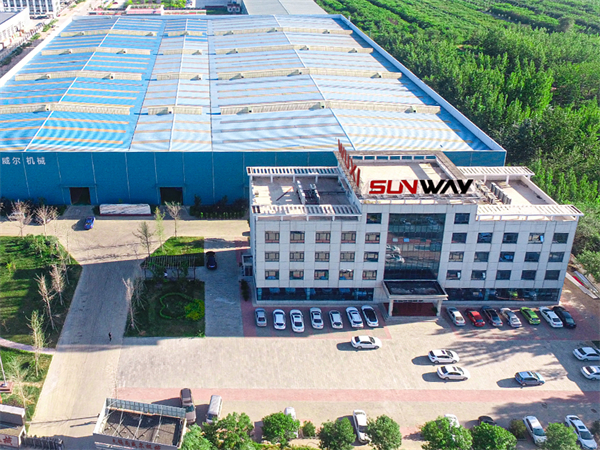
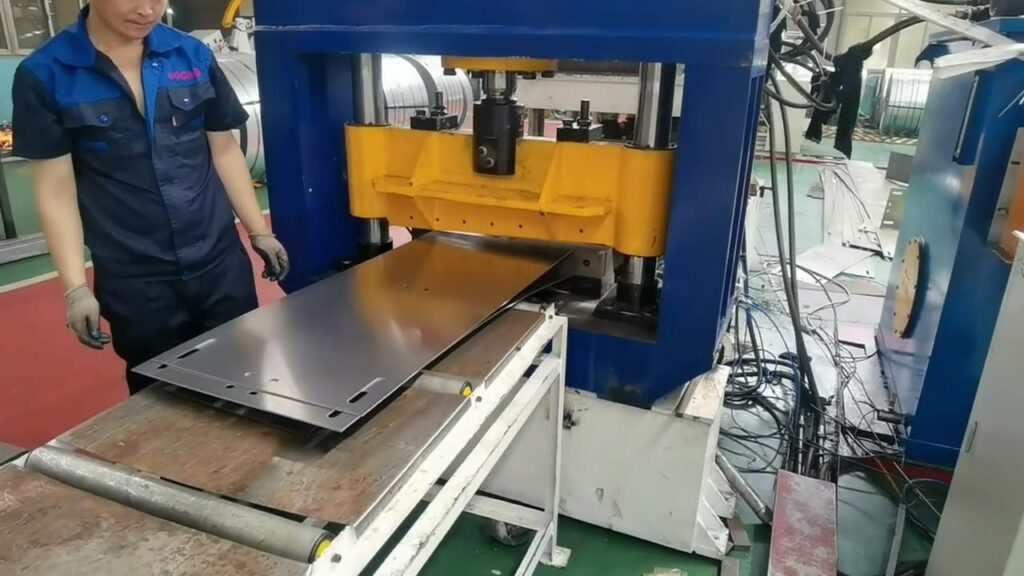
Proper training is essential for anyone who will be operating a roll forming machine. Training helps employees understand how to operate the machine safely and effectively, reducing the risk of accidents and injuries. Here are some of the topics that should be covered in roll forming machine training:
- Machine operation: Training should cover how to operate the machine safely and efficiently, including how to set up the machine, load the metal, and adjust the rollers.
- Safety procedures: Training should cover the safety procedures that employees must follow when operating the machine, such as wearing appropriate PPE, using machine guards, and following emergency response procedures.
- Emergency response: Training should cover what to do in case of an emergency when operating the machine, including how to use emergency stop buttons, how to call for help, and how to provide first aid.
- Maintenance and inspection: Training should cover how to perform regular maintenance and inspection of the machine, such as cleaning the machine, checking for loose bolts, and inspecting the electrical components.
By providing proper training, businesses can ensure that their employees are equipped with the knowledge and skills necessary to operate the roll forming machine safely and effectively. This can help prevent accidents and injuries, improve efficiency, and ensure that the roll forming machine is used to its full potential. It is also important to provide refresher training periodically to ensure that employees remain up-to-date with safety procedures and machine operation.
Maintenance and inspection for roll forming machine
Regular maintenance and inspection of a roll forming machine is crucial to ensure its safe operation and prevent accidents. Here’s how regular maintenance and inspection can help keep a roll forming machine in top condition:
- Prevents breakdowns: Regular maintenance can help identify and fix small issues before they turn into larger problems that could cause the roll forming machine to break down.
- Ensures machine accuracy: Proper maintenance and inspection can ensure that the machine is operating at its best capacity and that the metal being formed is done to the proper specifications.
- Improves efficiency: A well-maintained roll forming machine will operate more efficiently, reducing the chance of wasted material and increasing productivity.
- Enhances safety: Regular maintenance and inspection can help identify potential hazards or malfunctions in the machine, reducing the risk of accidents and injuries.
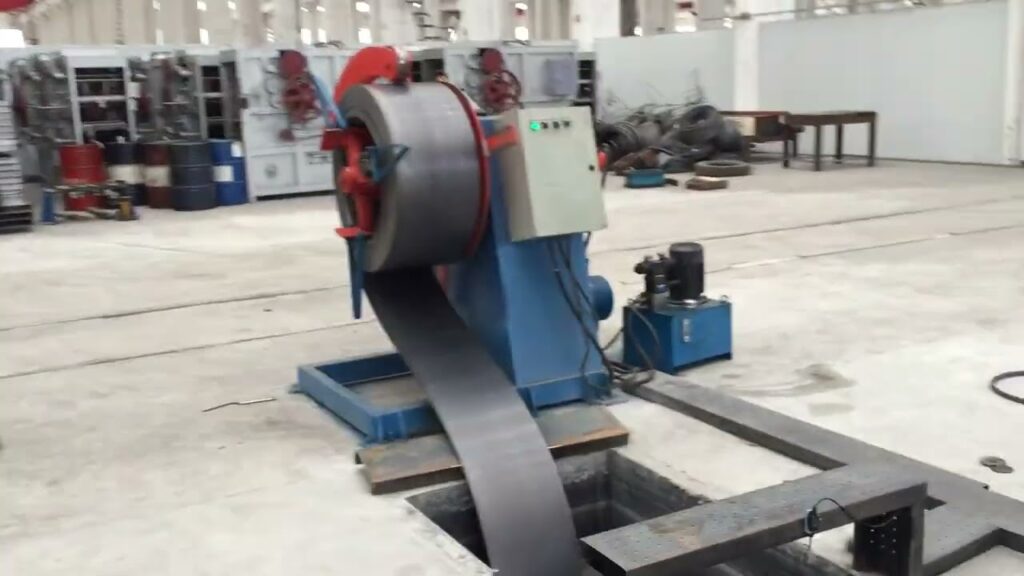
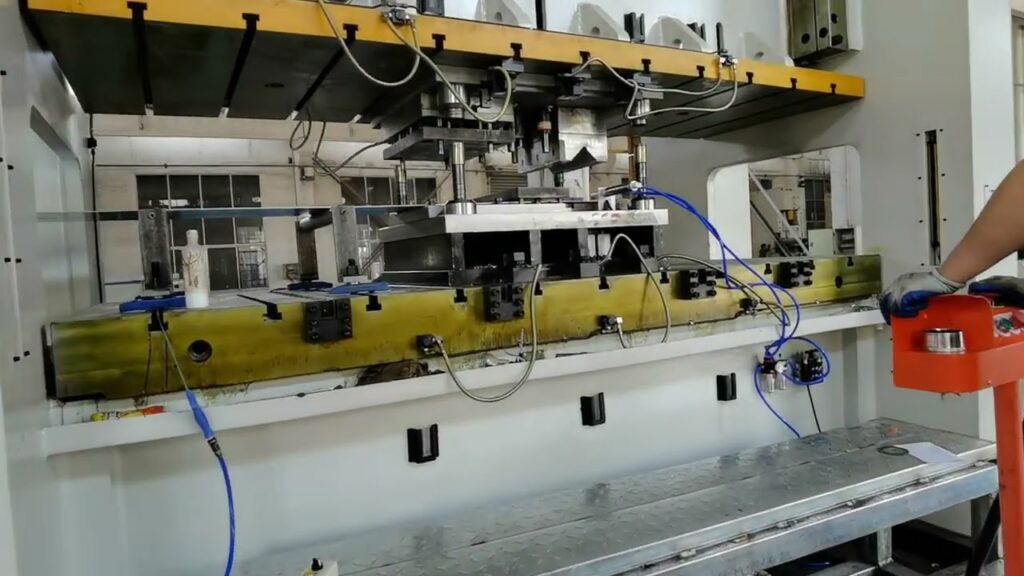
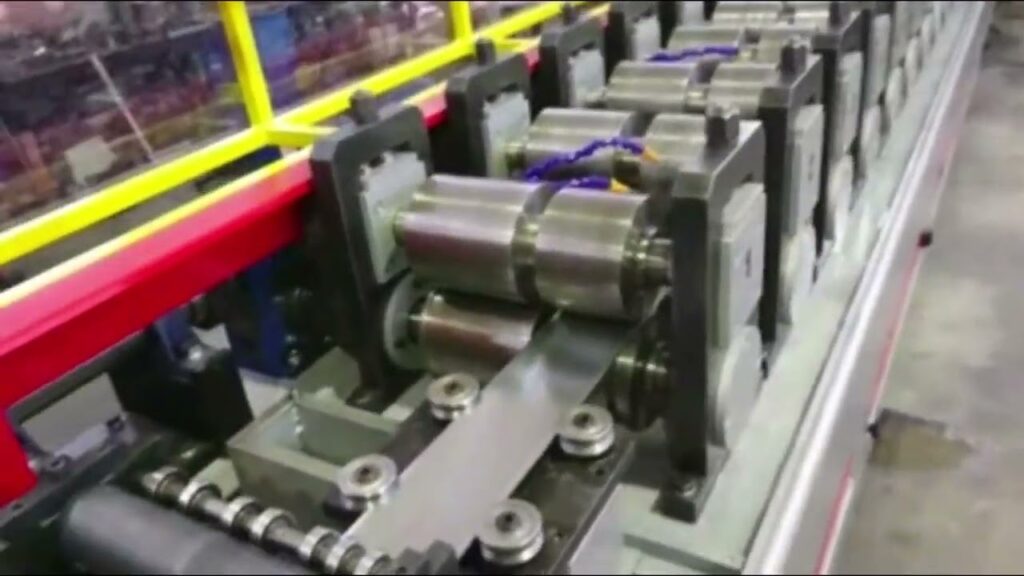
Tips for performing regular maintenance and inspection of a roll forming machine include:
- Checking and tightening all bolts, nuts, and screws.
- Lubricating all moving parts of the machine, including rollers and chains.
- Checking electrical connections, fuses, and circuit breakers.
- Inspecting machine guards and emergency stop buttons to ensure they are working properly.
- Checking the alignment of the machine to ensure that it’s producing metal profiles that meet specifications.
- Inspecting the rollers for any signs of wear and replacing them as necessary.
Maintenance and inspection should be done at least once a month. However, the frequency of inspection and maintenance will depend on the machine and the level of use. It is important to follow the manufacturer’s recommendations for maintenance and inspection to ensure that the machine is operating safely and efficiently.
In summary, safety is of utmost importance when operating a roll forming machine. Common hazards, such as pinch points, moving parts, and electrical hazards, can lead to severe injuries or even fatalities. Proper safety equipment, training, maintenance, inspection, and risk assessment can help prevent accidents and ensure the safe operation of a roll forming machine. It is crucial to prioritize safety and provide employees with the necessary equipment and knowledge to operate the machine safely. By doing so, businesses can protect their employees and maintain a safe and healthy work environment.

